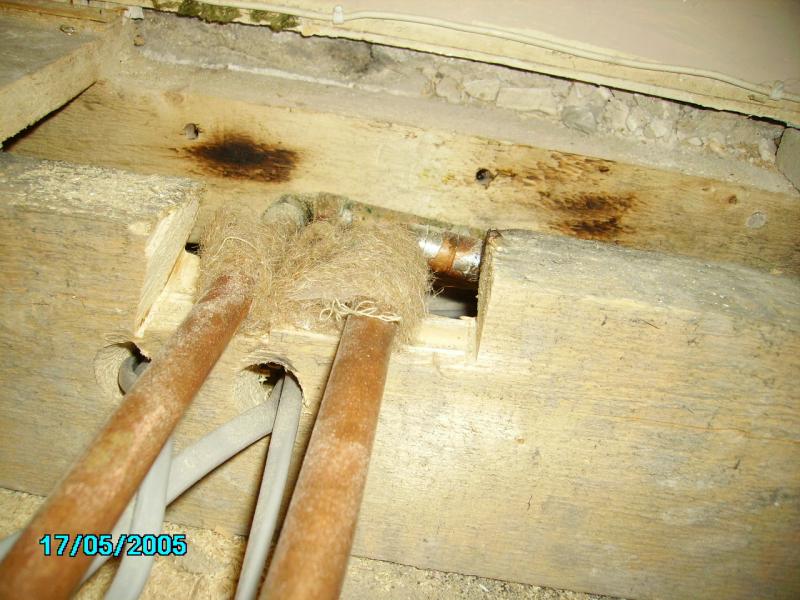Well, it's all science, but not science that we can necessarily utilise, since we do not know all the factors concerned - in particular the inevitable small variations in behaviour between items coming off a production line, and what 'ageing' has happened to the devices since they were put into service.Pot luck? Surely there’s a science to it?
Indeed. The cable should be chosen to be adequate for the load, and then the MCB chosen so as to given adequate protection to that cable.I guess the basic requirement is that the cable and mcb can take the load applied to it under normal working circumstances.
It's hardly an answer, but in order to measure current, you need some sort of current-measuring device!I’m not on a smart meter but is there a way to “measure” current usage in amps?
Kind Regards, John



